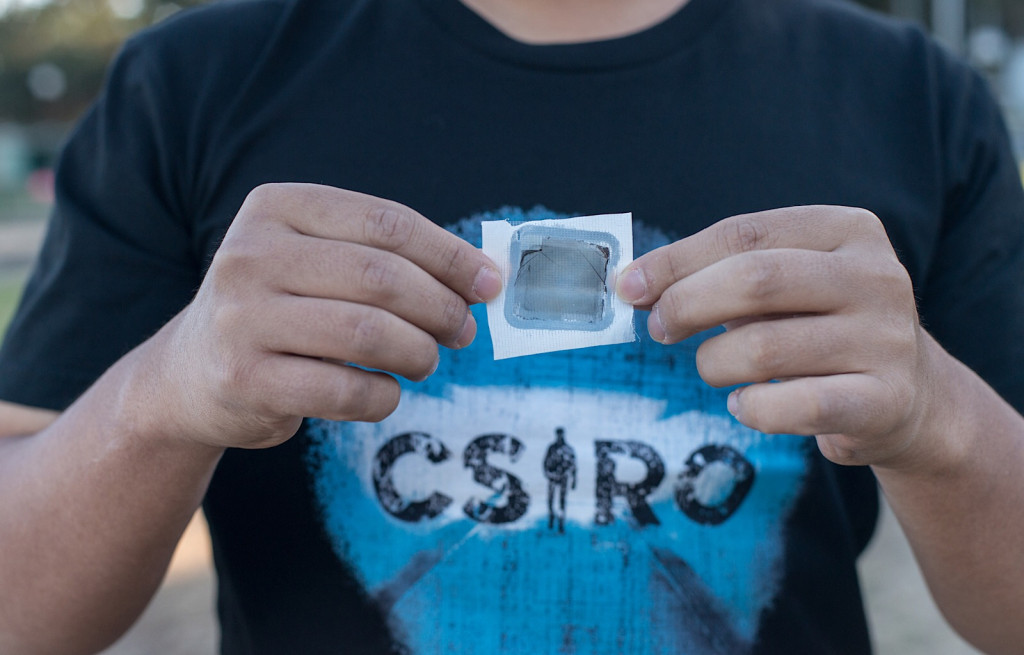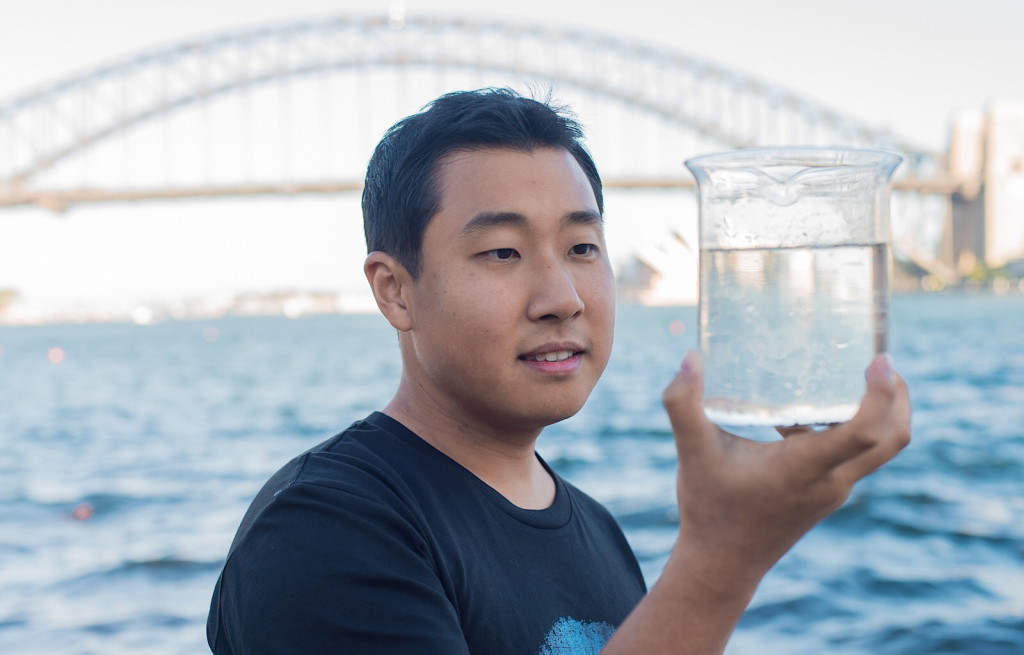Over 70% of the earth is made up of water, but much of it would be bad for us to drink. And yet thanks to a new piece of technology, that may actually not be an issue.
Australians are a pretty incredible bunch of creators. We’re responsible for the black box in aircraft (which is actually orange), and of course known for patenting WiFi in its current form, but the next invention Australia creates could save water supplies around the world.
Developed with a special type of the new super material graphene, Australian’s government run science experiment house has come up with a filtering technique that effectively acts like a desalination plant and cleans ocean water.
To make this happen, the Commonwealth Science and Industrial Research Organisation (or “CSIRO” for short) developed its own version of the graphene material, which is essentially already a super material made up of carbon atoms arranged in a lattice.
Graphene is already being used to make some pretty impressive things, and the CSIRO’s version “Graphair” will act as a purification system, providing a carbon-atom thin film that lets water go through it, but blocks the pollutant.
“Almost a third of the world’s population, some 2.1 billion people, don’t have clean and safe drinking water,” said Dr Dong Han Seo, Scientist with the CSIRO and the lead author of the paper that released this information.
“In Graphair, we’ve found a perfect filter for water purification,” he said. “It can replace the complex, time consuming and multi-stage processes currently needed with a single step.”
The CSIRO’s version of graphene is also a little different, built from renewable soybean oil, and manages to be more environmentally friendly to make than regular graphene.
With this specially formulated graphene, sea water can be cleaned, as can contaminated water, making it ideal for places that potentially have a water crisis thanks to a lack of water that is clean to drink, and a surplus of the opposite.
The CSIRO’s invention is yet another concept from the organisation that could help the world, but don’t expect to be drinking sea water next week, as it’s going to need some more resources behind it before it comes to a bayside near you. That may take some time, but it’s good news no matter how you pour it.
“This technology can create clean drinking water, regardless of how dirty it is, in a single step,” said Dr Seo.
“All that’s needed is heat, our graphene, a membrane filter and a small water pump. We’re hoping to commence field trials in a developing world community next year.”









